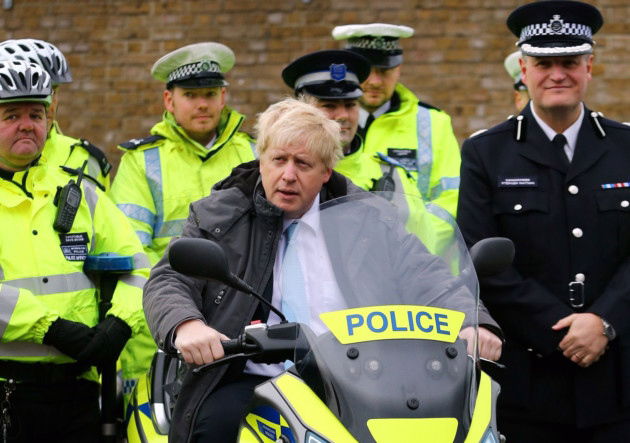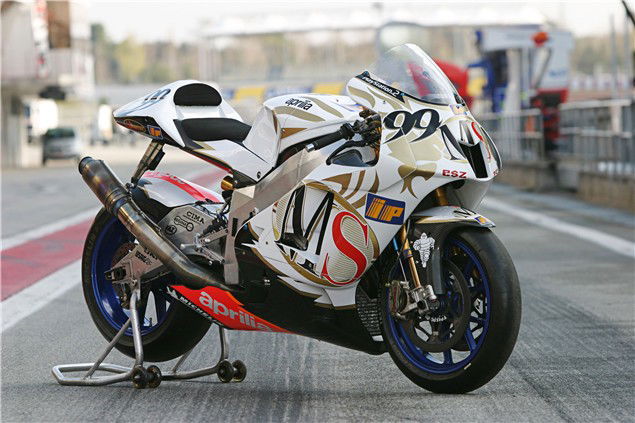2020 Dakar Rally: Who is riding, what's new and how to watch
The 2020 Dakar Rally kicks off at its brand-new base in Saudi Arabia with KTM striving for a 19th straight victory on the rally raid classic

The 2020 Dakar Rally kicks off on January 5 in a new location with a host of new regulations aimed at shaking up the order, while maintaining its reputation as the most gruelling rally raid event out there.
Though the ‘Dakar’ (capital city of Senegal) moniker relates more to the event’s history today, the event returns to something closer to its roots in 2020 with a switch to a desert-based location in Saudi Arabia.
Beginning on January 5 and lasting until January 17, unusually the event will take place wholly within Saudi Arabian borders and traverse vast swathes of the land, covering nearly 13,000km across 12 stages.
Open to motorcycles, cars, quads, trucks and UTVs, KTM has dominated the two-wheel category for almost two decades and is chasing its 19th consecutive victory this year with the same riders it locked out the top three positions with in 2019.
Here is everything you need to know about the toughest motorcycle race in the world…
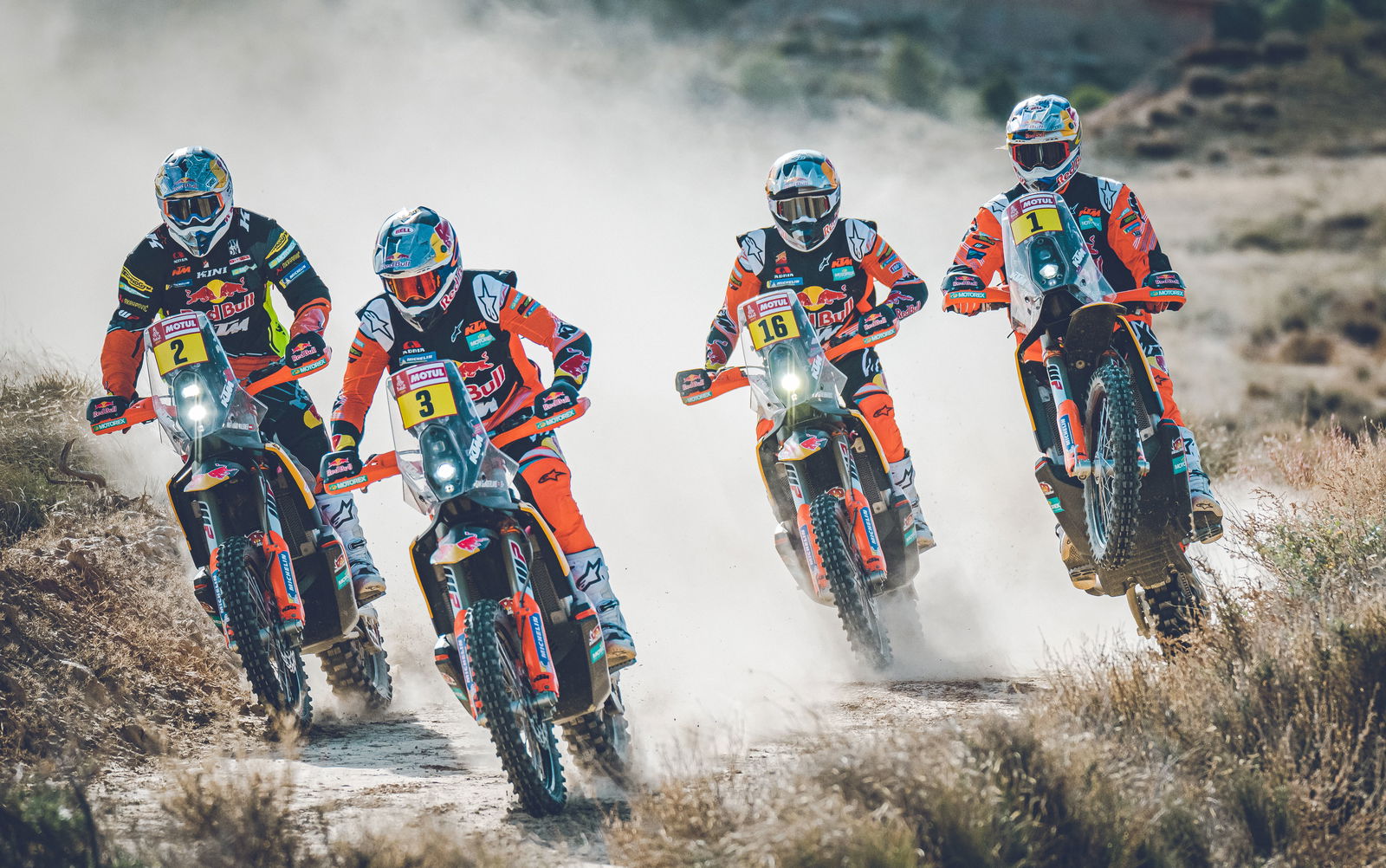
Who is competing in the 2020 Dakar Rally?
As with previous years, all eyes will be on KTM to see if it is able to retain its stranglehold on the event.
The Austrian manufacturer has won every year stretching right back to 2001 (18 wins considering 2008’s cancellation) and has succeeded with a variety of models, including LC4 660R, LC8 950R, 690 Rally and 450 Rally.
That’s not to say it has always dominated each event. Indeed, Honda and Husqvarna led for vast sections of the 2019 event only for Toby Price to soar into the lead with only three stages to go and lead an all-KTM podium.
That trio – Price, Matthias Walkner and Sam Sunderland – all return to lead the Red Bull KTM Factory effort for 2020, with the latter Briton starting as the favourite after clinching the 2019 FIM Cross-Country Rallies World Championship.
Husqvarna Rockstar Energy enters Pablo Quintanilla and Andrew Short, while Monster Energy Yamaha will run Adrian van Beveren, Xavier De Soultrait, Franco Caimi and Jamie McCanney. There will also be a strong Honda contingent, a works GasGas entry and a number of Indian-backed Hero entries for this year’s event.
In all, 158 bikes will start across nine different brands.
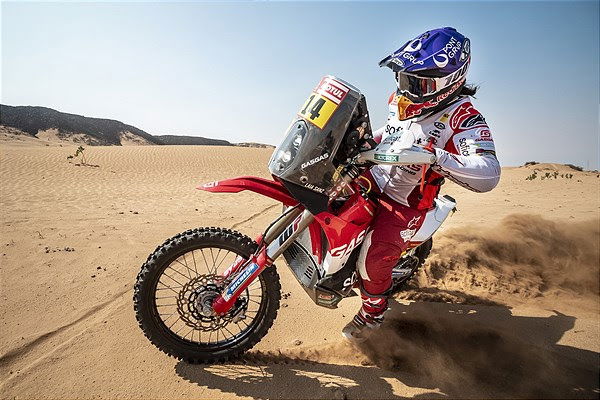
What’s new for the 2020 Dakar Rally?
Saudi Arabia is the new host for the Dakar Rally and – unusually – the nation is so large the entire event can take place within the borders without crossing into other territories.
Beginning in Jeddah and ending in Qiddiya, a total of 351 entrants will make the start line in the hope of reaching the end via 12 stages. Total rally distance is close to 7,900 km (4,900 mi), with 5,000 km (3,100 mi) of special stages
New for 2020, competitors will no longer be given their roadmaps and instructions at the same time just before they begin. The reason for this is to give low budget entries more of a chance against the better funded and equipped works teams.
This could be crucial on a brand-new event, not least because the all-sand event will likely take its toll physically and mentally.
How can I watch the 2020 Dakar Rally?
Eurosport will be providing regular updates on each of the days with a round up report after every stage.
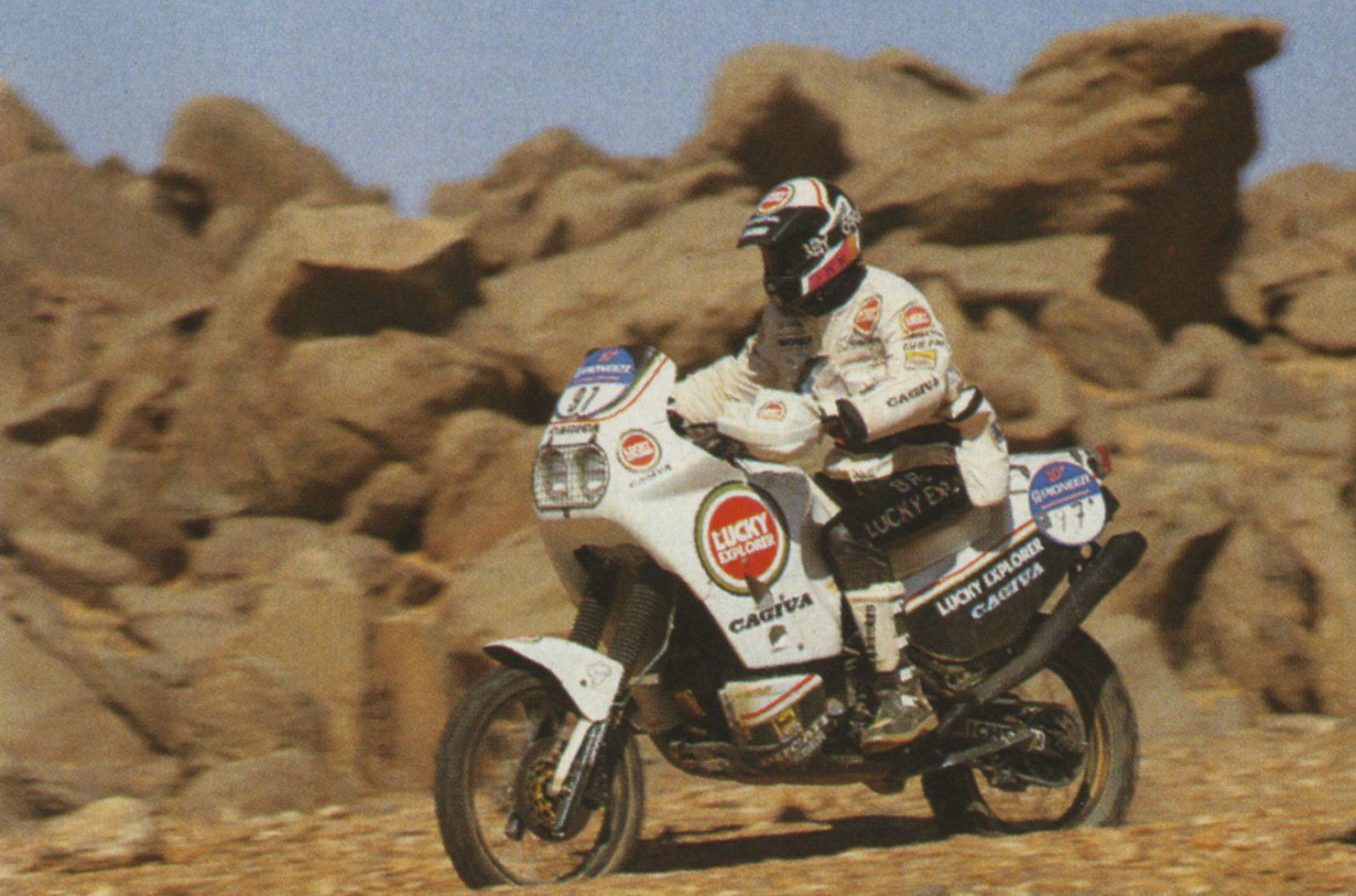
The history of the Dakar Rally
The historic event was an evolution of the Abidjan (Ivory Coast)-Nice rally, borne out of an incident in which Frenchman Thierry Sabine became lost, prompting him to decide the desert would make an interesting location for an event.
The original Paris-Dakar Rally originally traversed from the French capital down through north and western Africa before concluding in the Senegal capital city. It was a route that changed minimally thereafter, though the starting point swapped to Clemont-Ferrand and then Lisbon.
However, security concerns became rife in the new millennium and threats made by al-Qaida in Mauritania forced its cancellation in 2008. The event returned for 2009 but was moved to South America (despite retaining the same name) where the African desert was swapped for more mountainous, arid terrains racing through Peru, Bolivia and Chile.
Before KTM’s dominant success, Yamaha and BMW shared success in the 90s, while Honda dominated the event in the late 80s. The only other brand to succeed on the event in 40 years is Cagiva.
